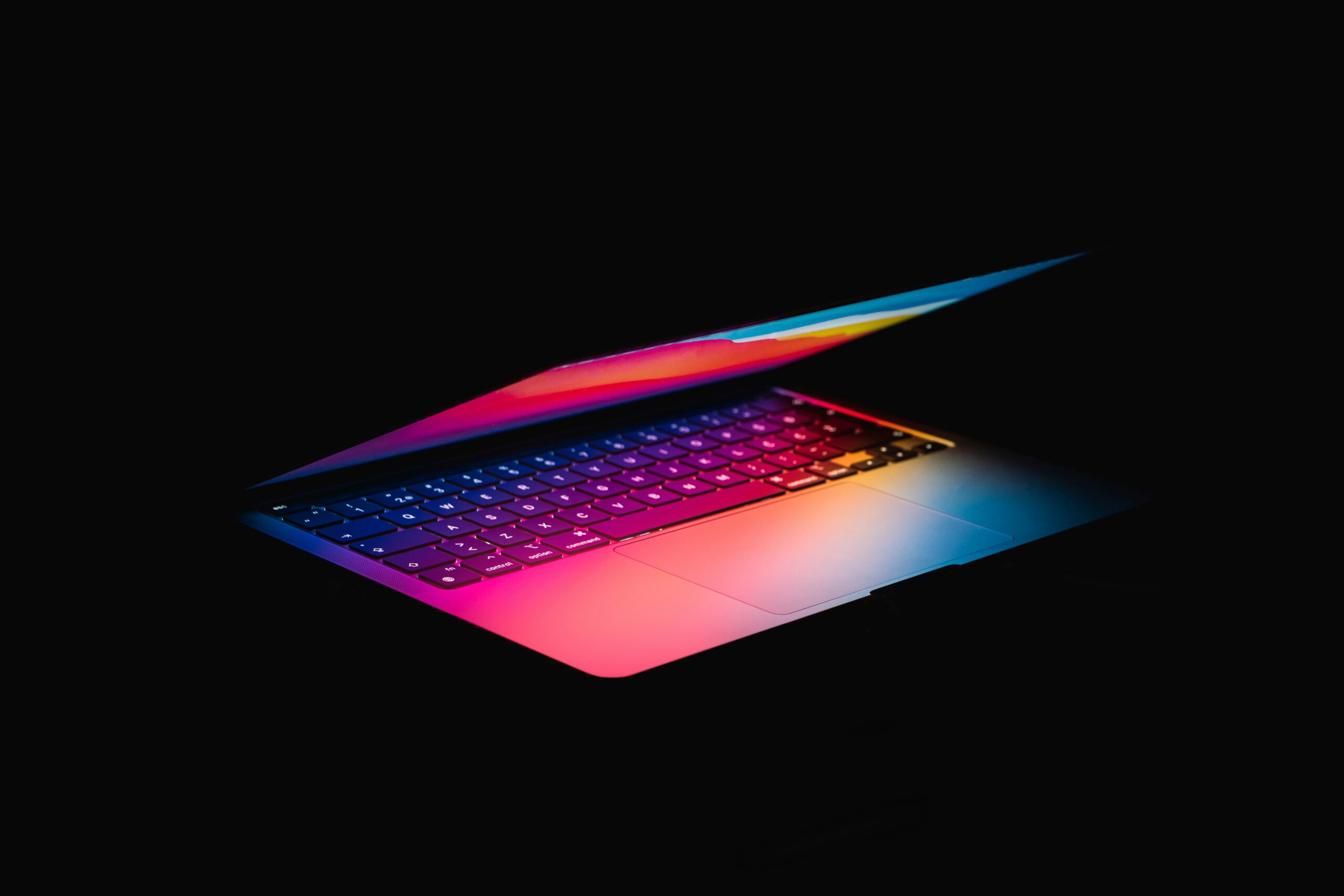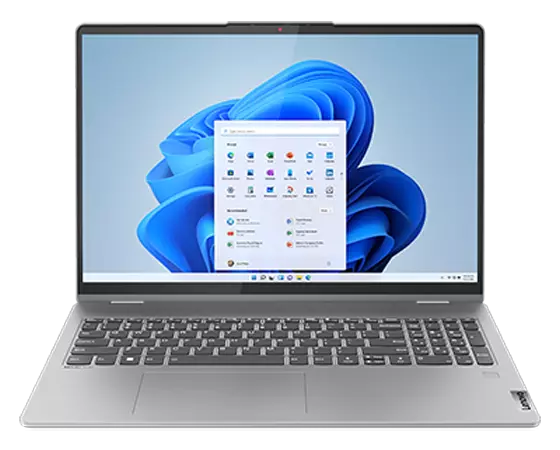In this age of technology, UI/UX designers play a crucial role in shaping user experience, making sure products and websites are both beautiful and functional.
This article focuses on the key features you need to consider when choosing the perfect budget-friendly laptop for UI/UX design.
However, finding a laptop that is both affordable and powerful enough to handle the demands of design software can be challenging.
Laptop requirements for UI/UX designers
UI/UX design software like Sketch, Adobe XD, Figma are powerhouses that demand a large processing power to ensure smooth running. These programs handle complex tasks like crafting user journeys, manipulating large image files, and building interactive prototypes. Jakob Nielsen, a usability expert, said, “Usability rules the web.” This applies not just to the interfaces you design, but also to the tools you use to design them. A sluggish laptop can hinder your creative flow and slow you down. This is why choosing the right laptop is crucial for a successful UI/UX designer.
Here are key factors to consider when choosing a laptop for UI/UX design:
- CPU (Central Processing Unit):
The CPU is the brain of your laptop. It is responsible for processing all the information you throw at it. For UI/UX design, a powerful CPU is essential for handling demanding tasks without lag. This includes running multiple design programs simultaneously, like Figma and Adobe XD, which are known for their resource-intensive nature. These programs involve complex processes like creating intricate user interfaces, manipulating large image files for mockups, and building interactive prototypes that come alive. A sluggish CPU can lead to frustrating delays and interruptions in your workflow, hindering your creativity.
- RAM (Random Access Memory):
Think of RAM as your laptop's short-term memory. It holds data that's currently in use, allowing you to switch between tasks quickly. While 8GB of RAM is the standard amount found in most laptops, for UI/UX designers, 16GB is ideal. This ensures smoother performance, especially when multitasking between design software, web browsers for reference, and other applications. With 16GB of RAM, your laptop can handle these demands efficiently, minimizing crashes and lags that can disrupt your design process.
When it comes to storage, speed is key. Solid state drives (SSDs) offer significantly faster read and write speeds compared to traditional hard disk drives (HDDs). This translates to quicker loading times for your design software, opening large image files, and saving your projects. While 256GB of SSD storage provides enough space for essential programs and design files, 512GB is a better option for UI/UX designers who deal with particularly large projects or extensive asset libraries. The extra storage space ensures you have ample room to store your work without worrying about running out of space.
As a UI/UX designer, color accuracy is paramount. The quality of your laptop's display directly affects how you perceive the colors in your designs. A high-resolution display, at least Full HD (1920 x 1080), is essential to ensure your designs appear crisp and detailed. Look for a display with good color reproduction to guarantee that the colors you see on your screen are an accurate representation of how they'll look on other devices. This is crucial for maintaining design consistency across different platforms.
Long battery life is essential for UI/UX designers, especially those who work outside traditional office environments. Aim for a laptop that can last a full workday or at least until you can reach a power outlet. Look for extended battery options or devices with features like power-efficient displays to maximize your unplugged design time.
A UI/UX designer's work doesn't have to be confined to a desk. Finding a balance between a large enough screen for comfortable design work and a lightweight, portable design is ideal. Consider laptops with screen sizes between 13-15 inches for a good balance of portability and usability. Look for slim and lightweight designs that you can easily carry around to client meetings, workspace, or wherever your creative flow takes you.
As a UI/UX designer, you'll be spending long hours typing and interacting with your laptop. A comfortable keyboard is essential to prevent fatigue and typos. Look for a keyboard with good key travel (distance the keys depress) and spacing to allow for accurate and efficient typing. Features like backlighting can also be helpful for working in low-light environments.

Top Budget-Friendly Laptops for UI/UX Designer
Finding a laptop that perfectly blends affordability and creative features enough to fuel your UI/UX design career can be difficult. Here are some excellent options:
The IdeaPad Flex 5i Gen 7 (14” Intel) is versatile, portable, and powerful. It has up to 16GB memory and 1TB SSD storage, with a rich image quality on up to an OLED 2.8K display, which provides more screen, a better contrast, and 400 nits of brightness.

It also has a TUV-certified low blue-light reduction eases eyestrain without sacrificing color accuracy.
This is a very good laptop for UI/UX as it does not compromise its quality. You get to enjoy both image quality and ergonomic comfort.
The Acer Aspire latest power 5 laptop 12th Gen Core i7 processors for multitasking and especially an accelerated photo and video editing performance.

It has 8GB of RAM and a solid state drive, a great laptop for UI/UX cause it features a bright full 1920 x 1080p resolution and long battery life.
With its affordable price, excellent performance, and robust build, the Acer Aspire 5 is a great budget friendly laptop for UI/UX.
The Dell Inspiron 14, 13th Gen Intel Core i5-1335U is also a great laptop for UI/UX . It has a 512GB SSD for speedy operation, and a beautiful Full HD display with excellent color reproduction. This ensures that your designs look their absolute best, that aids your creative flow.

The Intel chip enhances overall system responsiveness and efficiency, which allows multiple display of images while working.
The Lenovo ThinkPad E15 Gen 4 is a high-performance notebook designed for professionals like UI/UX designers who demand power and reliability. The 512GB SSD provides enough storage space for your files, applications, and design projects.

It has a 15.6-inch Full HD display that delivers crisp and vibrant visuals, making it ideal for work, presentations, and displaying interface.
HP Pavilion 15 has a 15.60-inch display that has a resolution of 1366x768 pixels. It is powered by the Core i7 processor and it comes with 8GB of RAM. The HP Pavilion 15 also has a 1TB of HDD storage.

It has a Full-size island-style backlit keyboard with numeric keypad, has a high level graphics performance, with crisp-stunning visuals which is a great laptop for UI/UX design.
Conclusion
Finding the perfect balance between affordability and functionality can be tricky, but there are excellent options available. By considering the factors mentioned above, you can find a laptop that perfectly suits your UI/UX design needs and budget.
Take your time in making the right choice, research online, compare specs and, most importantly, prioritise features that aid your creative process.